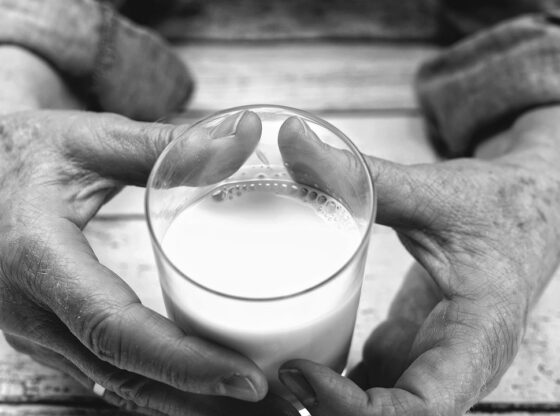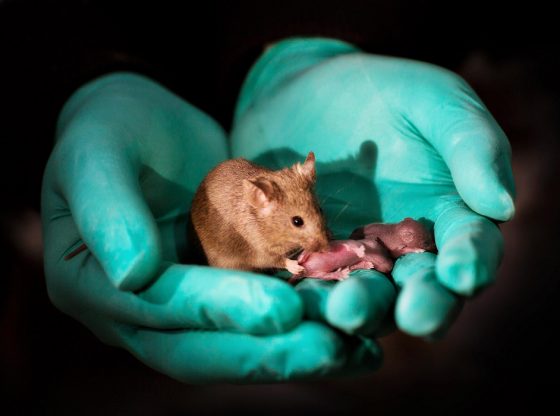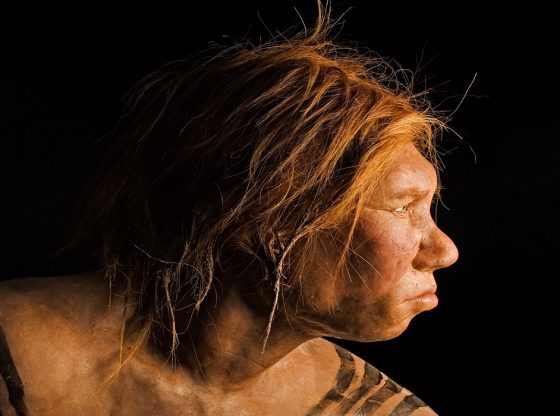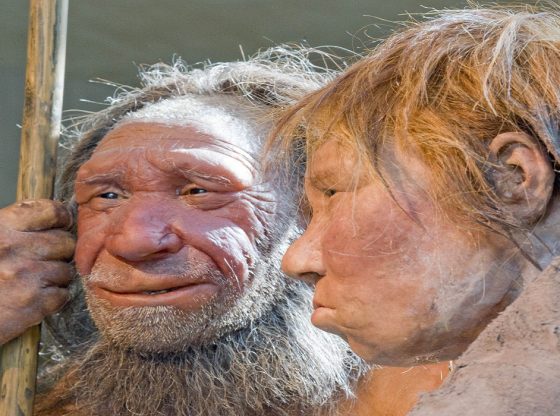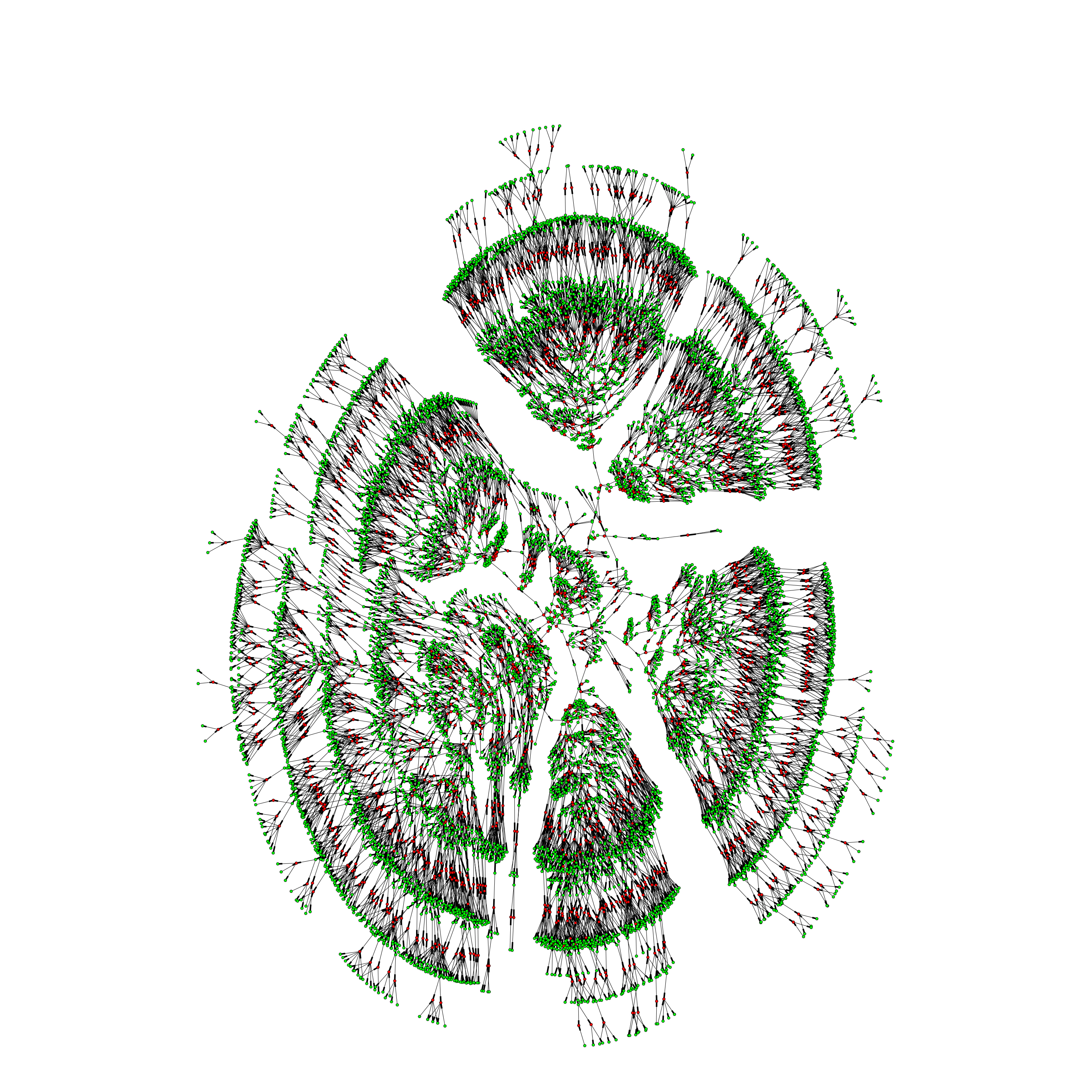
Celebrating Christmas with the family can be a logical challenge. A new study has created what is said to be the world’s largest, scientifically reviewed family tree.
With the help of, among other things, Geni.com gene samples, and mathematical formulas, researchers have developed a family tree that includes thirteen million people in Europe and the United States.
The massive family tree spans 11 generations and aims to answer bigger questions about human population, from the heritability of long life to the ways whole families dispersed and intermarried over the past few centuries.
The profiles in the tree are geographically limited, with 85 percent coming from North America and Europe. The research team started with 86 million profiles and pruned out obvious improbabilities, then winnowed down the sample to valid data, they ended up with 5.3 million trees, the largest of which was the 13-million-person set.
The final result is a single pedigree connecting 13 million relatives mostly of European descent, dating back 11 generations. It includes, among others, famed population geneticist Sewall Wright and actor Kevin Bacon.
The tree was created by a research team led by Yaniv Erlich, a Columbia University computer scientist who is also chief science officer at the genealogy company MyHeritage. It is available online, includes (anonymized) data on when and where everyone died.
Examining the data, the Columbia University research team found expected fluctuations in lifespan with a drop for young men during the American Civil War, World Wars I and II. By plotting births on a global map over time, the team charted major migration events, such as the Mayflower landing in 1620 in present-day Massachusetts, followed by a burst of births in the region. Then the 1788 founding of the British penal colony that began Australia’s colonization.
The team also analyzed three million pairs of relatives in the database to search for patterns in genetic longevity. They found that heritage contributes about 16 percent to longevity—around 10 percentage points fewer than the 25 percent commonly cited in research on long life.
The tree, therefore, yielded a new estimate for how much of our lifespan is determined by genes: ending up at just 16%. This can be compared with an estimate of about 25% from studies of twins in Scandinavia. But this can possibly be explained by Scandinavia’s peaceful history giving genetics a larger role there.
According to the researchers, the family tree explains the past 500 years of migration and marriage in the regions.
The study has been published in the journal Science.
Reference:
Erlich et al. “Quantitative analysis of population-scale family trees with millions of relatives.” Science. Doi.org/10.1126/science.aam9309


